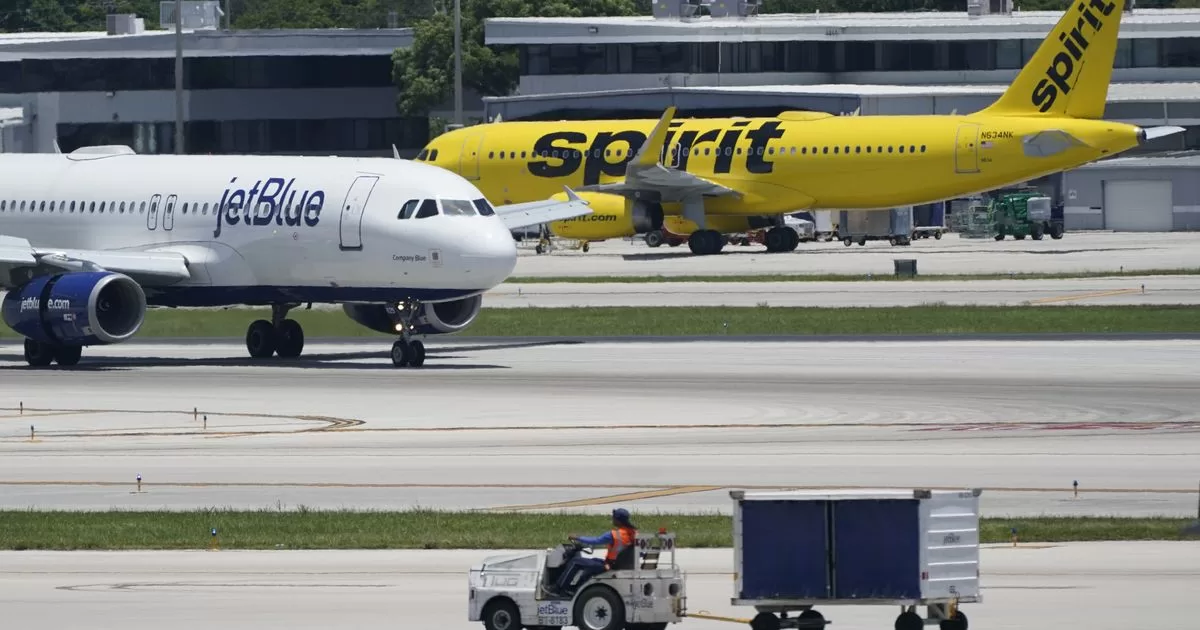Not only owners of gas and oil heating systems have to think about the future of their heating method. There are also bans on fireplaces.
The most important things at a glance
Many stoves will soon be out of business. Certain fireplaces may only be operated until December 31, 2024. This is what the Federal Immission Control Act (BimSchV) provides. All small and medium-sized combustion plants that were put into operation between January 1, 1995 and March 21, 2010 and do not comply with the strict statutory emission values are specifically affected.
If the fine dust pollution that they emit is above the permitted limit values, they are shut down. This applies to all fireplaces that are fired with either pellets, logs, wood chips or coal.
limits
BimSchV Stage 1 provides the following limit values:
– Efficiency: at least 75 percent
– Fine dust emissions: maximum 0.075 grams / cubic meter
– Carbon monoxide emissions: maximum 2.0 grams / cubic meter
The type plate, which is often located on the side of the heater, shows when the stove was installed. If the year of construction is before 2010, the owner should contact the responsible chimney sweep and have it checked whether the fireplace complies with the limit values (“fireplace inspection”) or whether it can be retrofitted with a passive or active filter. If this is not possible, the stove must be shut down.
Costs Filter systems
There are both active and passive fine dust filters (dust separators). The active ones have the advantage that they can filter up to 90 percent of the dust emissions. However, they do not filter gases and are expensive – their purchase including installation can cost 1,500 euros and more. In addition, a power connection is necessary, which results in running costs.
Passive fine dust filters are cheaper. Here costs of 300 euros and upwards arise. In addition, they do not require a power connection. The disadvantage of these filter systems is that the filter has to be cleaned and maintained during the heating season. In addition, the filter cassette has to be replaced every one to two years. This in turn causes costs and is time-consuming.
What to do if the stove has to be shut down?
If the continued operation of the fireplace is no longer possible, the system is completely shut down. In some cases, an exchange is also possible, which is associated with additional costs. Here the chimney sweep can help to assess the options.
cost of exchange
In the most favorable case, the costs amount to 500 to 1,200 euros. If the heating insert has to be replaced, between 3,000 and 5,000 euros can be due. The amount depends, among other things, on the type of fireplace (panelled stove, pellet stove, etc.).
That is why stove owners should act now
Even if the deadline does not end until 2024, owners of the future banned stoves should act now. Because of the lack of craftsmen and supply bottlenecks for materials, several months can elapse before an exchange can take place.


